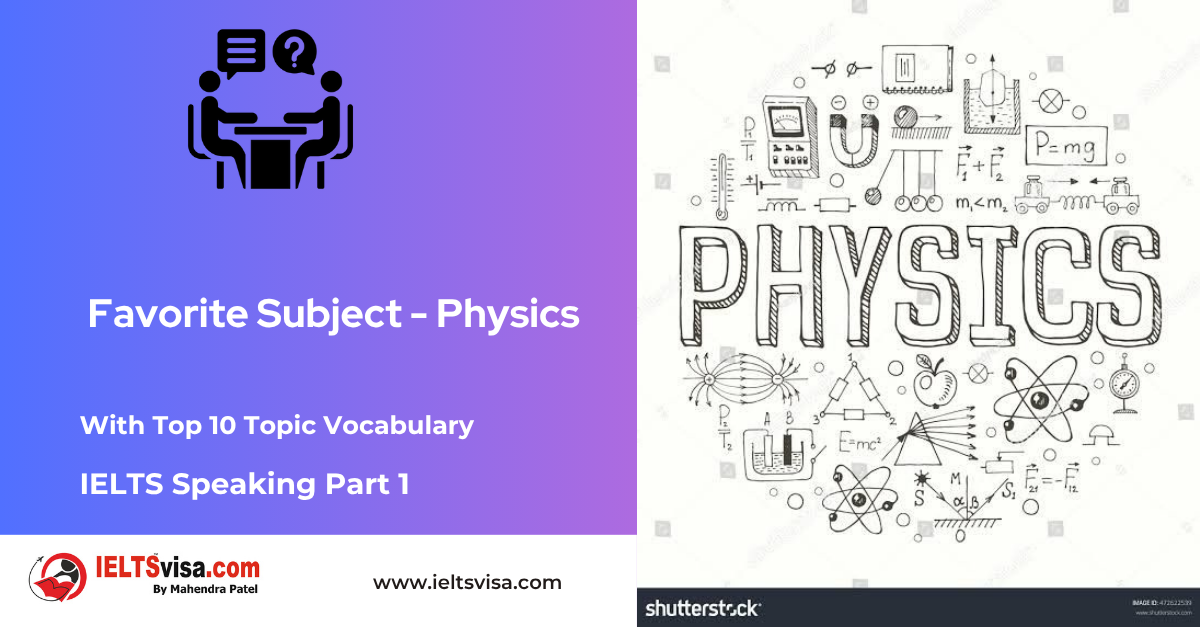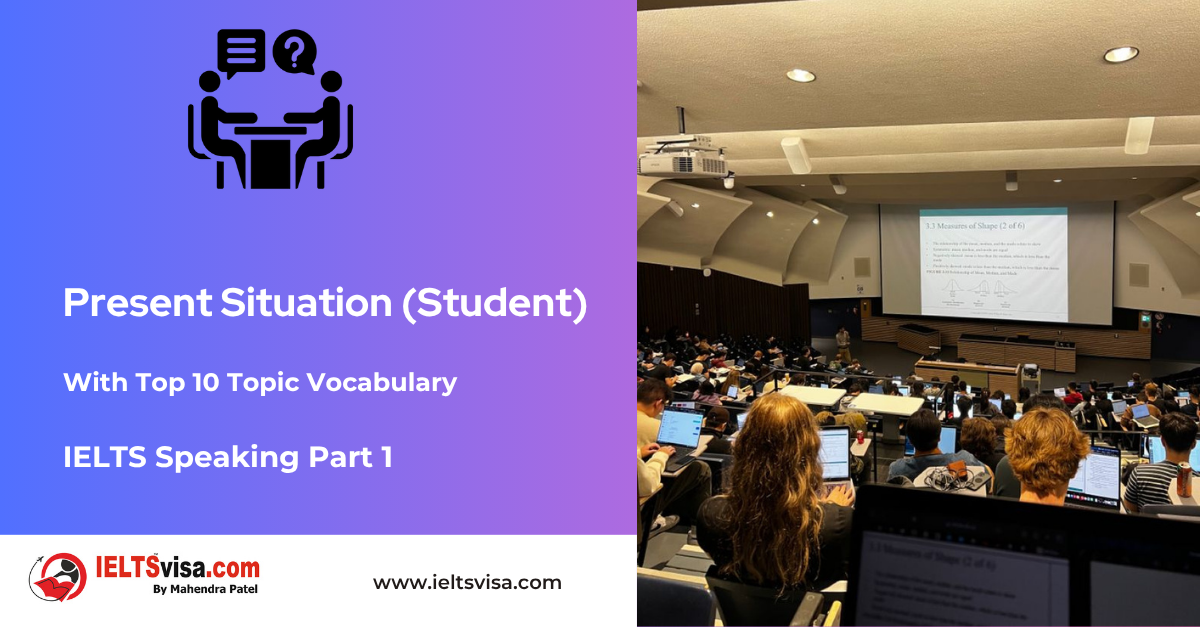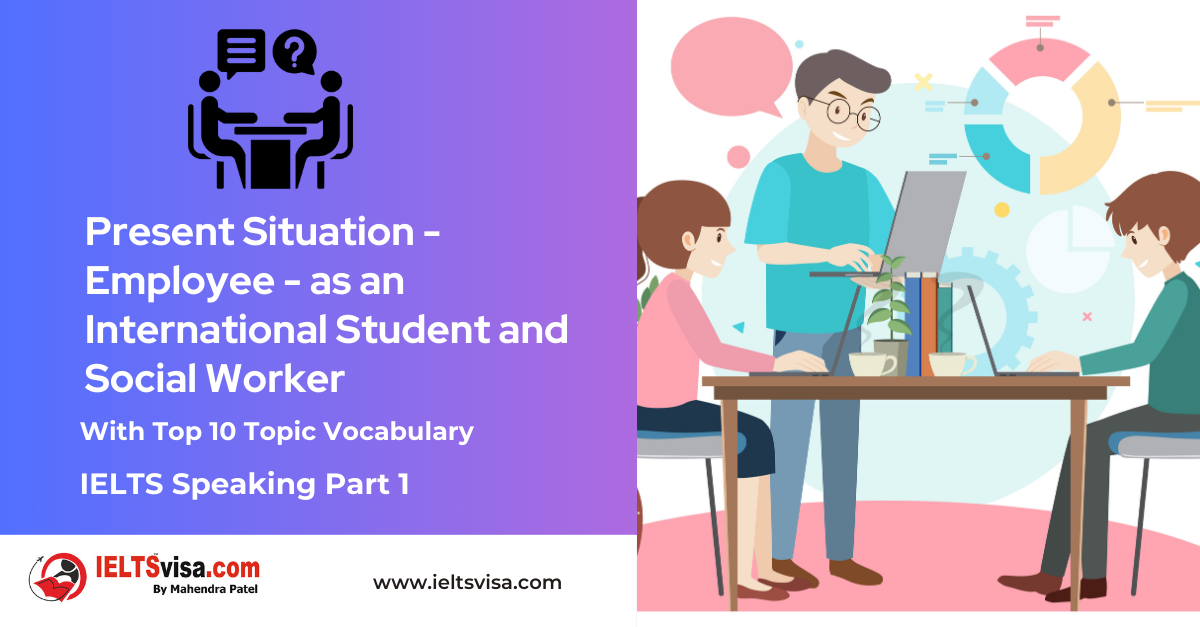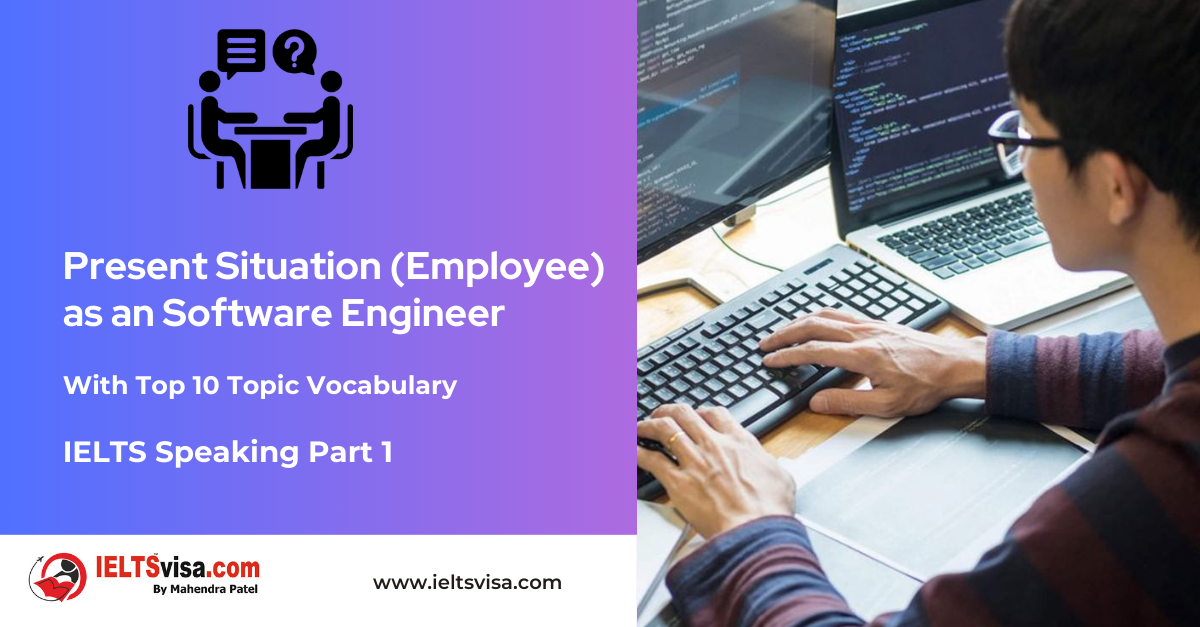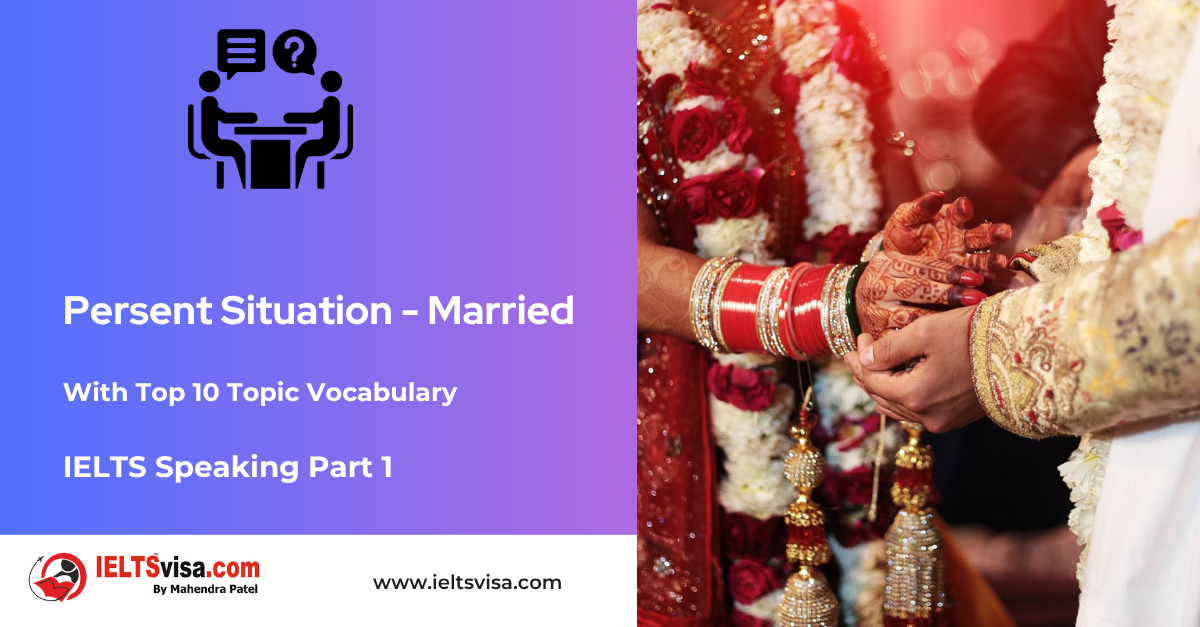Present Continuous (I Am Doing)
Grammar for IELTS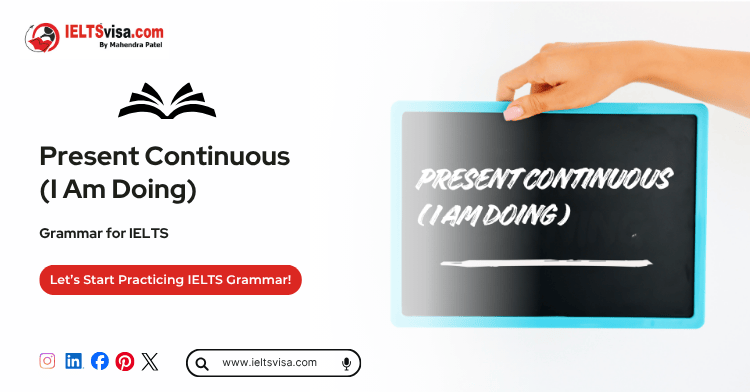
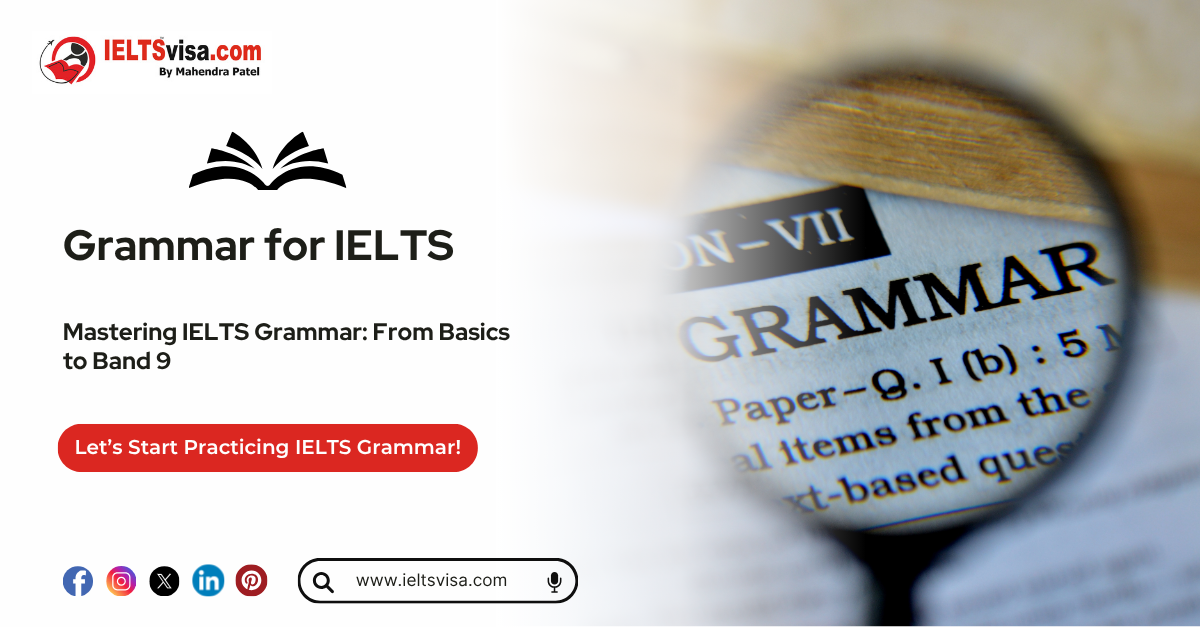
Present Continuous (I Am Doing)
The Present Continuous tense is one of the most commonly used tenses in English grammar. It is essential for expressing actions happening now, temporary situations, or planned future events. This guide offers an in-depth examination of the Present Continuous tense, covering its rules, structure, usage, and examples. Perfect for learners at all levels, this resource ensures clarity and confidence in using the Present Continuous tense.
Table of Contents
- Introduction to Present Continuous
- Structure of the Present Continuous Tense
- Rules for Using Present Continuous
- Examples of Present Continuous in Sentences
- Common Uses of the Present Continuous Tense
- Negative and Interrogative Forms
- Present Continuous vs. Other Tenses
- Common Mistakes and How to Avoid Them
- Exercises to Practice Present Continuous
- FAQs About Present Continuous Tense
- Tips for Mastering the Present Continuous Tense
- Conclusion
1. Introduction to Present Continuous
The Present Continuous tense, also known as the Present Progressive tense, is essential for discussing actions or events that occur at the moment of speaking or within a specific time frame. Understanding this tense allows for more precise communication, making conversations dynamic and engaging.
2. Structure of the Present Continuous Tense
The Present Continuous tense follows a simple structure:
Subject + am/is/are + verb(-ing)
Examples:
-
- I am reading a book.
- She is playing the piano.
- They are watching a movie.
3. Rules for Using Present Continuous
Rule 1: Actions Happening Now
The Present Continuous is used to describe actions taking place at the moment of speaking.
Example:
-
-
-
- I am writing this article right now.
-
-
Rule 2: Temporary Actions
It indicates temporary activities happening over a period.
Example:
-
-
-
- He is staying with his grandparents for the summer.
-
-
Rule 3: Future Plans or Arrangements
Used for plans or arrangements in the near future.
Example:
-
-
-
- We are travelling to Paris next week.
-
-
Rule 4: Changing Situations
The Present Continuous is used for situations that are changing or developing.
Example:
-
-
-
- The weather is getting colder.
-
-
4. Examples of Present Continuous in Sentences
-
- I am eating lunch.
- She is teaching her students online.
- They are building a new house.
- We are planning a surprise party.
- He is learning how to drive.
5. Common Uses of the Present Continuous Tense
A. Actions Happening Now
Describing immediate activities:
-
- The kids are playing in the garden.
B. Temporary Situations
Talking about short-term conditions:
-
- She is living in New York for a few months.
C. Future Arrangements
Indicating planned activities:
-
- We are meeting the manager tomorrow.
D. Annoying Habits (with “always”)
Expressing frustration with repeated actions:
-
- He is always losing his keys!
6. Negative and Interrogative Forms
Negative Form
Structure: Subject + am/is/are + not + verb(-ing)
Examples:
-
-
-
- I am not working today.
- She is not answering the phone.
-
-
Interrogative Form
Structure: Am/Is/Are + subject + verb(-ing)?
Examples:
-
-
-
- Are you coming to the party?
- Is he playing football this evening?
-
-
7. Present Continuous vs. Other Tenses
|
Aspect |
Present Simple |
Present Continuous |
|
Usage |
General facts, routines |
Ongoing or temporary actions |
|
Example |
I walk to school. |
I am walking to school now. |
8. Common Mistakes and How to Avoid Them
Mistake 1: Forgetting “am/is/are”
Incorrect: I writing a letter.
Correct: I am writing a letter.
Mistake 2: Misusing with Stative Verbs
Incorrect: She is knowing the answer.
Correct: She knows the answer.
Mistake 3: Incorrect Verb Form
Incorrect: They are eat dinner.
Correct: They are eating dinner.
9. Exercises to Practice Present Continuous
Fill in the Blanks:
1. She ____ (read) a novel now.
2. We ____ (not, go) to the market.
3. ____ they ____ (watch) TV at the moment?
Answers:
1. is reading
2. are not going
3. Are, watching
Tips for Mastering the Present Continuous Tense
- Practice Verb Forms: Learn common -ing verb forms and their spelling rules.
- Listen and Imitate: Watch English videos to see how the tense is used.
- Create Sentences Daily: Write at least five sentences using Present Continuous every day.
FAQs About Present Continuous Tense
Q1: When should I use Present Continuous instead of Present Simple?
A: Use Present Continuous for temporary actions or ongoing events. Present Simple is for routines or facts.
Q2: Can we use the Present Continuous for future events?
A: Yes, it is used for planned future activities, such as ‘We are having dinner with friends tomorrow.’

Our Books
Master IELTS Speaking Part 1
IELTS Writing Task 1 Book
IELTS Writing Task 2 Book
Practice IELTS Other Modules
IELTS Listening
The IELTS Listening test assesses how well you can understand spoken English in various contexts. It lasts about 30 minutes and is divided into four sections with a total of 40 questions. The listening tasks become increasingly difficult as the test progresses.
IELTS Academic Reading
The IELTS Academic Reading section assesses your ability to understand and interpret a variety of texts in academic settings. It is designed to evaluate a range of reading skills, including skimming for gist, reading for main ideas, reading for detail, understanding inferences, and recognizing a writer's opinions and arguments.
IELTS Speaking
The IELTS Speaking test assesses your ability to communicate in English on everyday topics. It lasts 11-14 minutes and consists of three parts: introduction, cue card, and a discussion based on the cue card topic.
IELTS General Reading
IELTS General Reading tests your ability to understand and interpret various types of texts. Here are some key areas and types of content you can expect to encounter in the reading section, along with tips for effective preparation.
IELTS Academic Writing Task 1
In IELTS Academic Writing Task 1, you are presented with a visual representation of information, such as graphs, charts, tables, or diagrams, and you are required to summarize, compare, or explain the data in your own words.
IELTS General Writing Task 1
In IELTS General Writing Task 1, you are required to write a letter based on a given situation. The letter can be formal, semi-formal, or informal, depending on the prompt. Here’s a breakdown of the key components to include in your letter
IELTS Academic Writing Task 2
In IELTS Academic Writing Task 2, you are required to write an essay in response to a question or topic. Here’s a guide to help you understand the essential elements of this task
IELTS Exam Tips
To succeed in the IELTS exam, practice regularly, familiarize yourself with the test format, improve your vocabulary, develop time management skills, and take mock tests to build confidence.
Grammer for IELTS
Grammar is the foundation of effective communication in English. Understanding tense usage, subject-verb agreement, and sentence structure enhances clarity and coherence in writing and speaking.
Vocabulary for IELTS
Vocabulary plays a crucial role in the IELTS (International English Language Testing System) exam, especially in the Speaking and Writing sections. Here’s an overview of why vocabulary is important and how it impacts your performance
RECENT IELTS SAMPLES QUESTIONS AND ANSWERS
IELTS Speaking Part 1 – Favourite Sujbect – Physics
IELTS Speaking Part 1 - Favourite Sujbect - Physics Q: What is your favourite subject? A: My favourite subject...
IELTS Speaking Part 1 – Present Situation (Student)
IELTS Speaking Part 1 - Present Situation (Student) Q1: Are you a student or do you work?A: I’m a full-time...
IELTS Speaking Part 1 – Present Situation – Employee – as an International Student and Social Worker
IELTS Speaking Part 1 - Present Situation - Employee - as an International Student and Social Worker Q1: Are...
IELTS Speaking Part 1 – Persent Situation – Employee- as an Electric Engineer
IELTS Speaking Part 1 - Persent Situation - Employee- as an Electric Engineer Q1: What do you do for a...
IELTS Speaking Part 1 – Persent Situation – Employee – as an Software Engineer
IELTS Speaking Part 1 - Persent Situation - Employee - as an Software Engineer Q1: What do you do for a...
IELTS Speaking Part 1 – Persent Situation – Married
IELTS Speaking Part 1 - Persent Situation - Married Q1: Are you married?A: Yes, I am married. My spouse and I...

